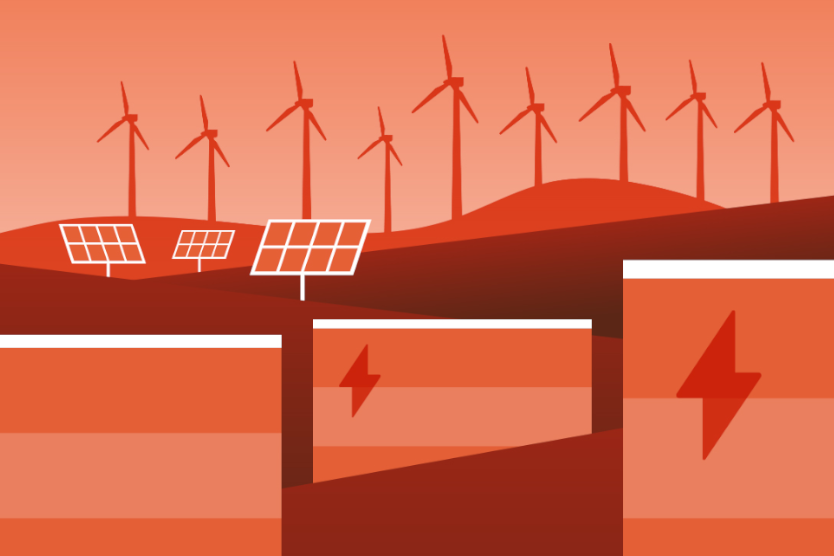
The energy plant has an intelligent control system, which ensures the different energy sources are used in the most efficient way to supply the grid continually and contribute to stabilising it.
It sounds like an obvious solution to combine wind and solar in one energy plant in order to balance out seasonal fluctuations and maximise the grid connection, but surprisingly this concept has not been fully explored on European soil. That’s why a new hybrid photovoltaic-wind plant in Berg-Espich is attracting attention in energy circles.
The virtual renewable energy plant operated by project developer BayWa r.e. is particularly notable for its intelligent control system (developed by Schoenergie), which ensures the different energy sources are used in the most efficient way to supply the grid continually and contribute to stabilising it.
"The systems complement each other ideally: more solar power is produced in the summer when conditions are best, and the wind turbines operate at full speed in the windy winter," explains Volker Schöller, CTO of Schoenergie in an article in the online portal SolarServer. Technologically, however, it was not an easy feat: "The combination of wind and solar farms makes the planning of the plant more complex.”
The smart control system connects nine wind turbines with a total capacity of 24 MW to an 8.8 MW and a 10 MW photovoltaic system. The combined input means the 32 MW grid connection is maximised almost 100 percent of the time. When one energy source is dominant, the system automatically adjusts the output of the other plant. A battery storage system could further enhance efficiency.
The Energy Watch Group, an independent organisation set up to support the global energy transition, proposes that virtual power plants should receive a compensation for grid stability services.


